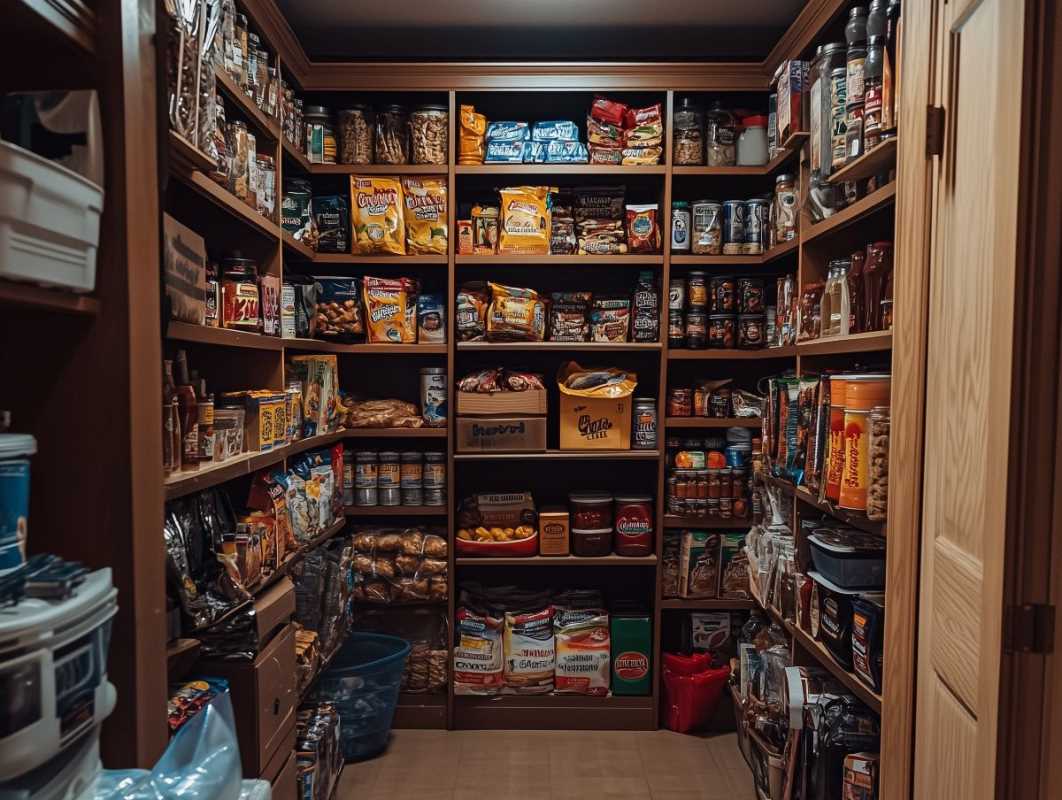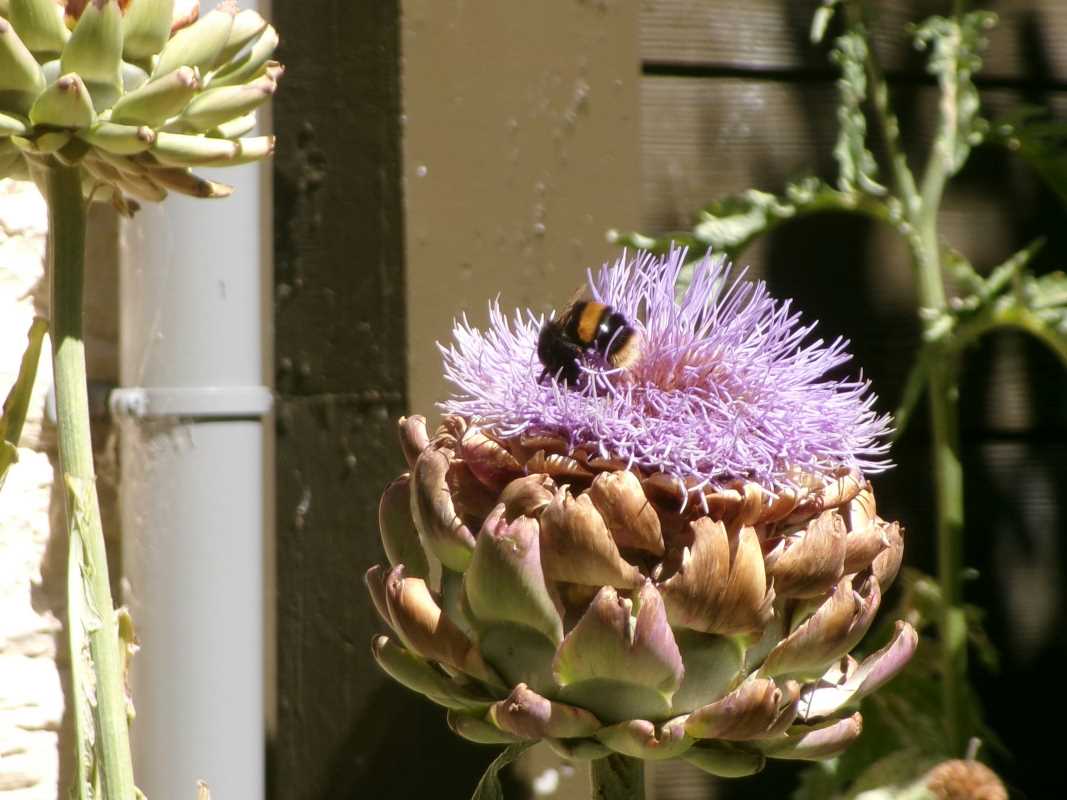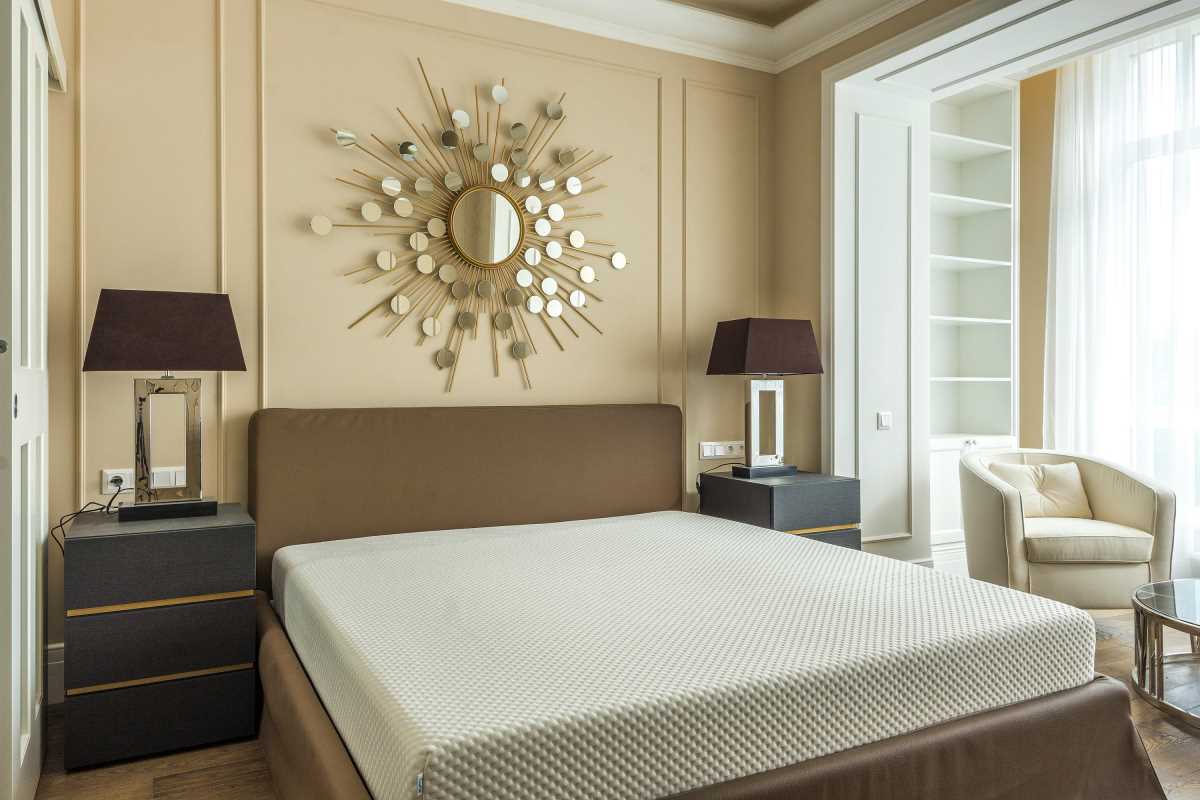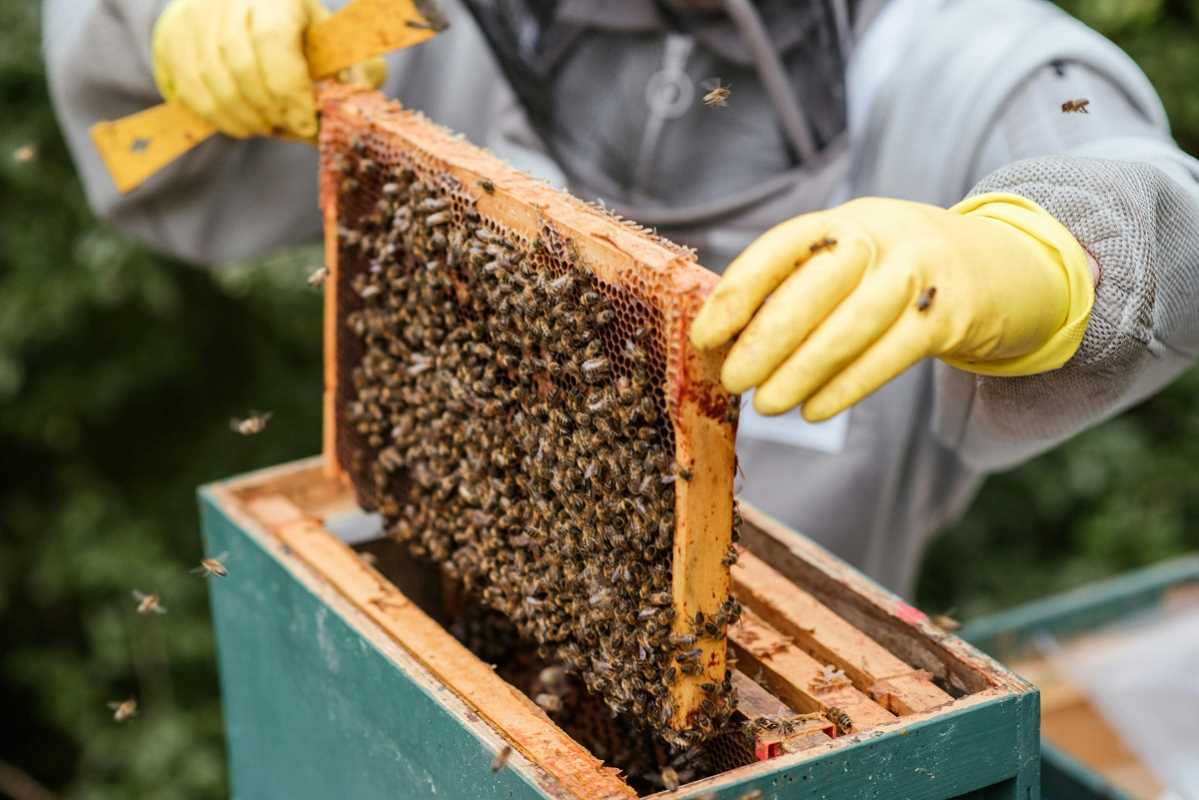Lighting has the power to define the mood of your home and plays a large role in energy efficiency. While traditional incandescent bulbs get the job done, they waste a significant amount of energy. Today, it’s easier than ever to explore lighting options that are both sustainable and capable of reducing electricity costs. These small changes to your lighting setup can have a big impact on your overall energy consumption, helping you save money and contribute positively to the environment.
This guide offers actionable tips to make your home’s lighting greener. From switching to energy-efficient bulbs to using smart technology and maximizing natural light, here are effective strategies to illuminate your home while keeping energy use to a minimum.
The Benefits of Energy-Efficient Lighting
Household lighting has evolved significantly over the years. Traditional incandescent bulbs, for example, emit more heat than light, making them highly inefficient. Newer options like LED and compact fluorescent bulbs use significantly less energy, provide the same or better levels of brightness, and last far longer.
By choosing energy-efficient lighting, you aren't just cutting down on electricity use but also helping reduce environmental harm. Fewer burned-out bulbs mean less waste in landfills, and lower energy consumption means fewer carbon emissions produced by power plants. It’s a small but meaningful step toward a more sustainable lifestyle.
1. Upgrade to Energy-Saving Bulbs
The Benefits of LED Bulbs
LED (light-emitting diode) bulbs are among the most eco-friendly and energy-efficient lighting options available. They use up to 75% less energy than traditional incandescent bulbs and last up to 25 times longer. With a wide range of color temperatures and designs, LEDs fit seamlessly into almost any space, whether it’s for functional or decorative purposes.
Consider Compact Fluorescent Lamps (CFLs)
CFL bulbs are another energy-saving option. Like LEDs, they consume far less energy than incandescent bulbs but generally have a shorter lifespan compared to LED bulbs. While CFLs are a cost-effective solution, keep in mind that proper disposal is necessary due to the trace amounts of mercury they contain.
Choosing Energy-Efficient Bulbs
When shopping for new bulbs, look for the ENERGY STAR label to ensure that the product meets rigorous energy-efficiency standards without compromising on performance.
2. Adopt Smart Lighting Technology
Use Smart Bulbs for Better Control
Smart bulbs are a fantastic way to combine convenience with energy savings. They can connect to your home’s Wi-Fi or a smart hub, allowing you to control them through an app or a voice assistant like Alexa or Google Home. Set schedules for your lights, dim them remotely, or even turn them off entirely when you’re not at home to save power.
Add Motion Sensors
Motion-sensing lights are ideal for areas such as hallways, bathrooms, and outdoor spaces. They automatically turn on when movement is detected and power off after a set period of inactivity, reducing unnecessary energy use.
Try Smart Plugs
If replacing your bulbs with smart ones isn’t an option just yet, smart plugs can help. Simply connect your lamps to a smart plug, and you’ll gain the ability to control them through your smartphone or smart home system.
3. Leverage Natural Light
Natural daylight is an underrated yet highly effective way to save energy. The more daylight your home can harness, the less you’ll need to rely on artificial lighting throughout the day.
Optimize Furniture Placement
Arrange your furniture to make the most of the natural light streaming into your home. Position desks, dining tables, or reading chairs near windows to reduce the need for artificial light while working or relaxing.
Switch to Sheer Curtains
Replace heavy, dark curtains with lightweight or sheer fabrics that allow sunlight to fill your space. This not only lights up the room but also enhances its ambiance without consuming any power.
Reflect Light Effectively
Mirrors, light-colored walls, and glossy finishes can help bounce sunlight around a room, making it appear brighter. This simple design trick can significantly reduce your need for additional lighting during the day.
4. Install Dimmer Switches
Dimmer switches are an effective energy-saving tool. They give you full control over your lighting levels, allowing you to use only the brightness you need. When dimmed, light fixtures consume less energy and help extend the life of your bulbs.
Where to Install Dimmers
- Bedrooms benefit from dimmers to create relaxed lighting for evenings.
- Living rooms can transition from bright lighting during the day to soft, cozy hues at night.
- Dining rooms allow for adjustable brightness, depending on the occasion.
Be sure to choose dimmable LEDs or CFLs for compatibility with your dimmer switches.
5. Plan Lighting Zones
Organizing your home into lighting zones lets you direct energy use to where it’s needed most, avoiding over-illumination.
Task Lighting
Task lighting provides focused illumination for specific activities like reading, cooking, or work. For example, under-cabinet LED lights are perfect for food preparation areas in the kitchen. Desk lamps or reading lights are other examples of targeted lighting that rely less on bright overhead fixtures.
General Lighting
Also called ambient lighting, this type serves as the primary source of light in a room. To make it energy-efficient, use LED bulbs in ceiling or wall-mounted fixtures.
Accent Lighting
Accent lights highlight art pieces, plants, or architectural details. LED strip lights or adjustable spotlights are efficient and stylish options for this purpose.
6. Upgrade Outdoor Lighting
Outdoor lighting provides style, function, and security, but it can be a significant energy drain if left uncontrolled.
Use Solar Lights
Solar-powered outdoor lights collect energy from the sun during the day and use it to illuminate driveways or garden paths at night. They’re an excellent no-electricity solution for exterior spaces.
Add Timers or Motion Sensors
Timers and motion sensors ensure outdoor lights are only on when they’re needed. Motion-activated lights work especially well for security purposes, as they only switch on when movement is detected nearby.
7. Don’t Overlook Maintenance
Regular maintenance keeps your lighting setup running as efficiently as possible.
Clean Fixtures and Bulbs
Dust and dirt accumulate on lampshades, bulbs, and fixtures over time, which can reduce their brightness. Regular cleaning ensures you’re getting the most light for the energy used.
Upgrade Old Fixtures
Older fixtures may not distribute light effectively, making them less efficient. Consider replacing outdated lighting with modern, energy-efficient designs.
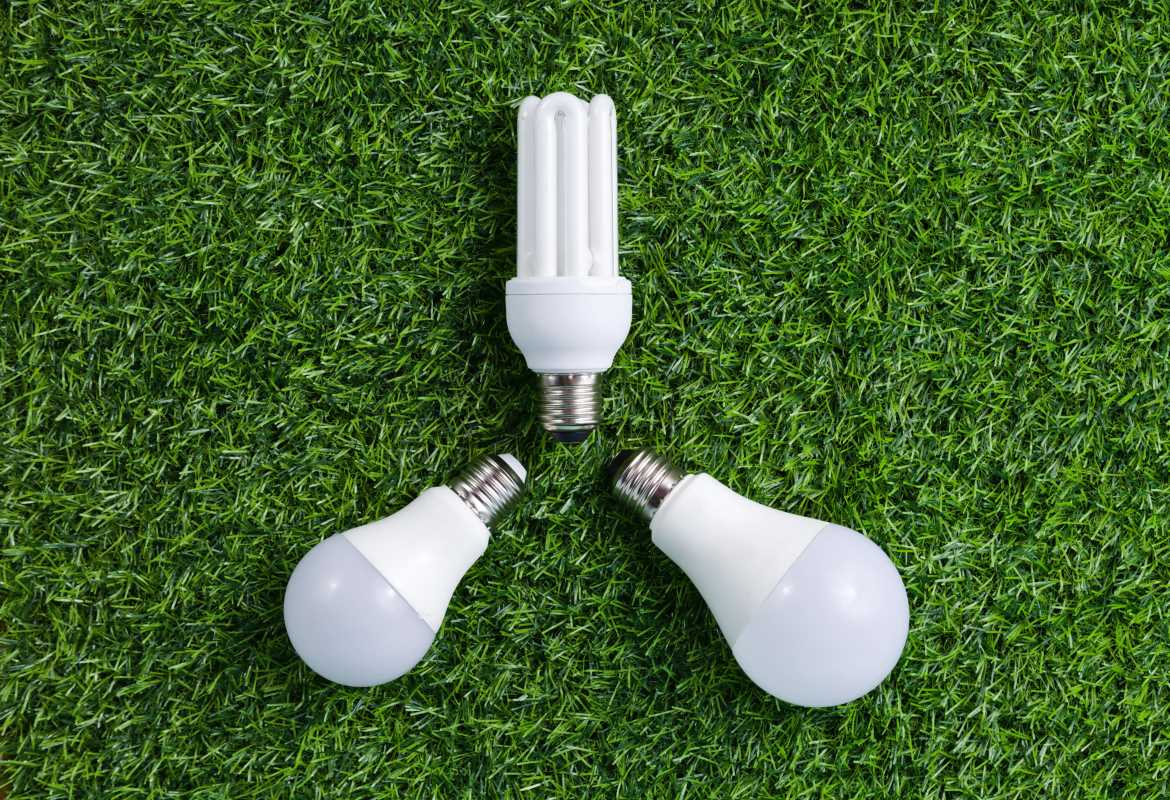 (Image via
(Image via